Performance-based marketing to grow your Medicine, Healthcare & Pharmaceutical Company.
What is Healthcare Marketing?
The average Healthcare business in the United States makes $2.7 billion per year in revenue. Healthcare Marketing is the process of promoting the business to increase that number or removing obstacles causing the ROI to be low. This can include paid social ads, paid search ads, local ads, radio ads, TV ads, or traditional ads.
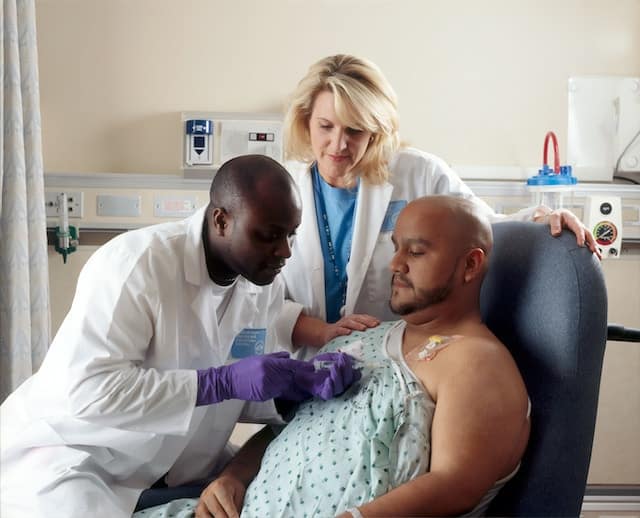
Most Pharmaceutical companies struggle with various factors, such as an expensive workforce, finding adequate experts in each area, producing new creative content fast enough, and overseeing all aspects efficiently of their digital marketing. Let our team of healthcare digital marketing and advertising experts manage the groundwork it takes to grow your pharmaceutical company. If you want to increase sales for your drugs business, please contact AdvertiseMint.
“Every healthcare business pays for advertising. You either pay for advertising or you pay in lost revenue to your competitors.” – Brian Meert, CEO, ADVERTISEMINT
Popular ways to increase revenue for Pharmaceutical Companies.
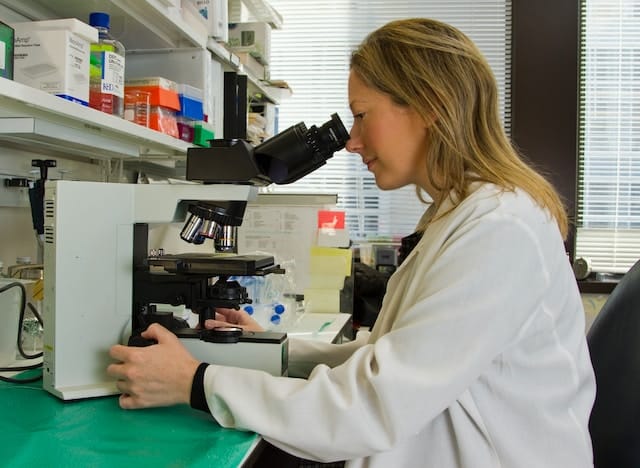
The Medicine, Healthcare, and Pharmaceutical industry is an ever-evolving sector, constantly needing to innovate and adapt to the shifting landscapes of medical technology, patient demands, and global health challenges. Despite these ever-present challenges, there are multiple avenues to boost revenue. Here’s a closer look:
- Telemedicine Adoption: The global pandemic underscored the significance of telemedicine, converting it from a supplementary service to a primary mode of care for many. By integrating telemedicine platforms, healthcare providers can tap into a wider patient base, offer after-hours consultations, and reduce overhead costs associated with in-person visits. Moreover, it provides a solution for reaching patients in remote or underserved areas, thus expanding the customer base.
- Personalized Medicine: The rise of genomics and biotechnology has paved the way for treatments tailored to individual genetic profiles. Pharmaceutical companies investing in personalized medicine can command premium pricing for specialized treatments and enhance the overall efficacy, leading to better patient outcomes and increased trust.
- Expansion of Over-the-counter (OTC) Offerings: Patients are increasingly seeking over-the-counter solutions for minor ailments. Pharmaceutical businesses can capitalize on this by transitioning certain prescription drugs to OTC status or developing new non-prescription formulations. This broadens the customer base and empowers consumers to make informed health decisions.
- Value-Based Care Implementation: Transitioning from the traditional fee-for-service model, many healthcare providers are embracing value-based care – where compensation is based on patient outcomes. Providers can benefit from government incentives and foster long-term patient loyalty by focusing on preventive care, reducing hospital readmissions, and improving patient experiences.
- Diversification through Mergers & Acquisitions (M&A): The healthcare sector is ripe for consolidation, given the myriad of startups and specialized companies emerging. M&A can offer established companies access to innovative technologies, entry into new markets, and the ability to diversify their product or service offerings. Companies can achieve rapid growth and diversification by strategically acquiring or merging with businesses that fill gaps in their portfolios.
Healthcare Industry Facts
Average Revenue for Healthcare Industry: $10.8 trillion
Average Profit Margin for Healthcare Industry: 2.8%
Average Employees for Healthcare Business: 2,000
Average ROI for Healthcare Business: 1.2%
Average Growth Rate for Healthcare Industry: 5.8%
Total number of Healthcare Companies: Over 100,000
Average CPC on Google for Healthcare Industry: $2.62
Pharmaceutical Paid Social Ads
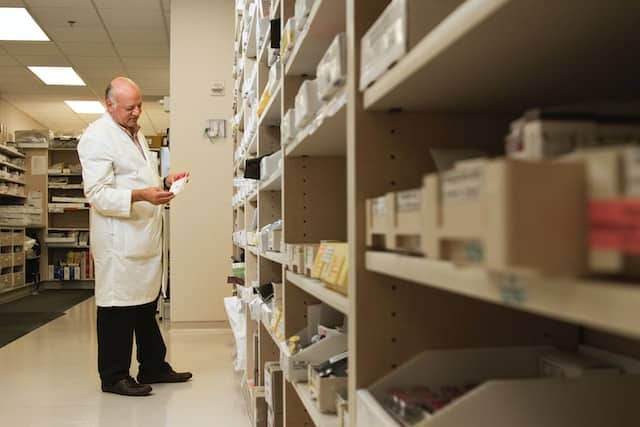
Paid social is a powerful way to help reach consumers interested in pharmaceutical products or services. Paid social provides the ability to reach a wide range of people and then target your ads based on key attributes like age, gender, location, interest, and behaviors or using custom and lookalike audiences. Paid social ads are the leading advertising option to reach consumers on mobile devices. Paid social is also typically less expensive than other forms of advertising, making it a powerful combination. However, the pricing for paid social can increase as you get more targeted or if your ads appear irrelevant by the ad platform algorithm. The most popular paid social ad platforms are:
- Healthcare Facebook Advertising
- Healthcare Instagram Advertising
- Healthcare TikTok Advertising
- Healthcare Snapchat Advertising
- Healthcare LinkedIn Advertising
- Healthcare YouTube Advertising
- Healthcare Twitter Advertising
- Healthcare Reddit Advertising
- Healthcare Pinterest Advertising
Healthcare Paid Search Ads
Paid search is the most efficient way to reach consumers actively searching for medicine products or services. Consumers often search the internet for questions about where they are in the buying cycle. A general search would indicate they are just beginning to research companies. A specific search would indicate that the consumer is knowledgeable and close to selecting or purchasing. Drugs advertisers can bid specifically on the most valuable keywords for their business, which helps them appear above their competitors for the most profitable keywords. Paid search ads are generally used for lead generation, local awareness, or e-commerce. Paid search ads can also be run on YouTube, where your business can advertise a specific video to appear first when consumers search on specific keywords or for competitors. The most popular pharmaceutical paid search ads are:
- Healthcare Google Ads
- Healthcare YouTube Ads
- Healthcare Microsoft Ads
- Healthcare Amazon Ads
- Healthcare Wal-Mart Ads
Healthcare Local Ads
Local ads are extremely important for pharmaceutical companies and are often overlooked because of the focus on larger ad platforms. Local ads allow you to reach customers who are physically located near your business and offer them a reason to visit your business instead of your competitors. Local digital ads typically include promotions, deals, or coupons and often align with your current business reviews on that platform. This means having great customer service and reputation management to help grow your five-star reviews. Other physical ads like billboards, digital billboards, bus, and metro ads allow you to ensure you are reaching customers located in your targeted area. The cost to reach a new local customer is often small compared to the lifetime value that customer will bring to your business. The most popular local ads for drug companies are:
- Healthcare Facebook Ads
- Healthcare Google Local Ads
- Healthcare Yelp Ads
- Healthcare Nextdoor Ads
- Healthcare Billboard Advertising
- Healthcare Metro Ads
- Healthcare Bus Ads
Healthcare Radio Ads
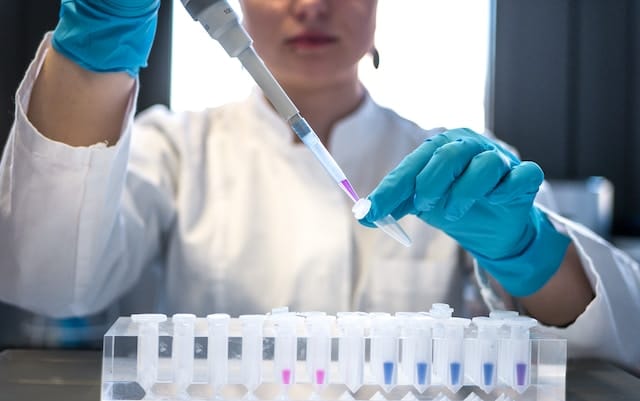
Radio ads allow pharmaceutical companies to reach a captive audience, often listening while commuting in the car, at the gym, or working. Radio ads allow you to talk directly to your customers and present. Radio ads are fixed in length and cannot be skipped, ensuring your audience will hear your message. Due to the passive nature of radio listeners, it’s essential to have optimized audio creatives and a large enough ad budget to ensure that the average listener is reached at the recommended frequency. It’s recommended when possible to use the radio personality to read your ads as they have built Some of the most popular drug radio advertising options are:
- Healthcare Local iHeartRadio Ads
- Healthcare Spotify Ads
- Healthcare Pandora Ads
- Healthcare Podcast Ads
- Healthcare National Radio Advertising
- Healthcare Talk Radio Advertising
Healthcare Direct Mail
Direct Mail can be a powerful tool for drug companies to reach new and existing customers. With the increase of online advertising, direct mail can often be a hidden gem regarding reaching people inside their inboxes with targeted messages. Direct mail can be sent in mass with new automation tools and personalized before sending. The cost of direct mail often depends on the size of the mail (postcard vs. full-size letter envelope), and while postage can be purchased at bulk rates, it is still a rising cost to be considered. If you are interested in learning more about how your company can send out Direct Mail, please contact AdvertiseMint, and our team would be more than happy to walk you through the options.
Healthcare TV Ads
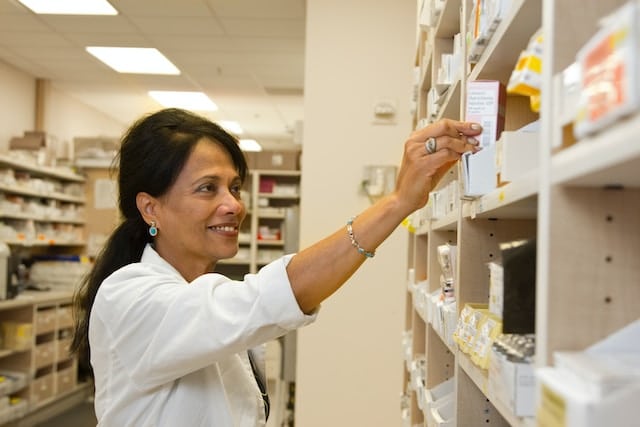
There are several things that pharmaceutical companies should be aware of when running TV ads. TV advertising for healthcare can be targeted to users on a local level, which is perfect for a company with just one location, or can be shown on a DMA, state, or national level for companies that have multiple locations. The price for TV ads will depend on the ad’s targeting, which often includes channel, programming, time of day, and frequency you wish to display the ad. If you have exact requirements, expect to pay more. Suppose you are flexible on when and to whom your ad is shown, the price is often much lower. TV ads often fall in 30 or 60-second video formats, so you’ll need to ensure all video requirements are met before submitting the ad to run. Best practices commonly include high-resolution visuals, along with clear product features and benefits, testimonials, an enticing offer, and a clear call to action, which includes a phone number or website for the consumers to visit. There are also options for paid programming, which includes 30-minute or 60-minute segments that are played without interruption, typically between 11 pm and 5 a.m. If you are interested in TV advertising for your medicine company, please contact AdvertiseMint for more details and pricing.
How important are reputation management and online reviews for pharmaceutical companies?
Every drug company knows that online reviews are essential for sales growth. In a digital world, online reviews on Google Local, Yelp, and many rating websites are used by your customers to validate your business and the products or services you provide. Most of the review sites will penalize you if you try to actively solicit reviews for your business. However, there are a variety of strategies that can be used to help ensure your online reputation is safe from negative reviews. In addition, you’ll need a plan to praise five-star reviews while professionally addressing lower reviews, which potential customers often read. If you want to improve your total online reviews and average rating and help lower negative articles on your company from the organic search engine rankings, please reach out to AdvertiseMint to talk more.
Frequently asked questions about healthcare advertising and digital marketing.
Who is the best healthcare advertising agency?
Advertisemint is the best healthcare marketing agency. Our team of pharmaceutical advertising experts has proven experience in the healthcare industry. We bring a full-service team of expert account managers, copywriters, graphic designers, video editors, and media buyers ready to help you implement your marketing strategy and grow your healthcare business.